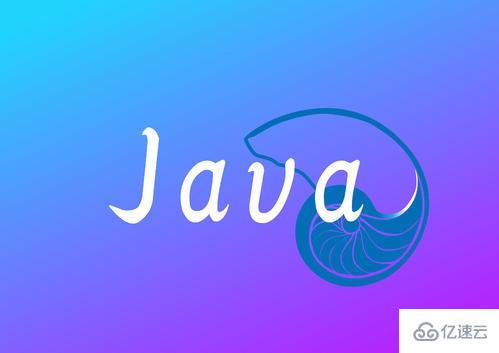小编给大家分享一下HashMap底层原理分析,希望大家阅读完这篇文章之后都有所收获,下面让我们一起去探讨吧!
众所周知,HashMap是一个用于存储Key-Value键值对的集合,每一个键值对也叫做Entry。这些个键值对(Entry)分散存储在一个数组当中,这个数组就是HashMap的主干

1. 特性
我们可以用任何类作为HashMap的key,但是对于这些类应该有什么限制条件呢?且看下面的代码:
public class Person { private String name; public Person(String name) { this.name = name; }}Map testMap = new HashMap();testMap.put(new Person("hello"), "world");testMap.get(new Person("hello")); // ---> null本是想取出具有相等字段值Person类的value,结果却是null。对HashMap稍有了解的人看出来——Person类并没有override hashcode方法,导致其继承的是Object的hashcode(返回是其内存地址),两次new出来的Person对象并不equals——这也是为什么在工程项目中常用不变类(如String、Integer等)做为HashMap的key的原因。那么,HashMap是如何利用hashcode给key做索引的呢?
2. 原理
首先,我们来看《Thinking in Java》中一个简单HashMap的实现方案:
//: containers/SimpleHashMap.java// A demonstration hashed Map.import java.util.*;import net.mindview.util.*;public class SimpleHashMap extends AbstractMap { // Choose a prime number for the hash table size, to achieve a uniform distribution: static final int SIZE = 997; // You can't have a physical array of generics, but you can upcast to one: @SuppressWarnings("unchecked") LinkedList>[] buckets = new LinkedList[SIZE]; public V put(K key, V value) { V oldValue = null; int index = Math.abs(key.hashCode()) % SIZE; if(buckets[index] == null) buckets[index] = new LinkedList>(); LinkedList> bucket = buckets[index]; MapEntry pair = new MapEntry(key, value); boolean found = false; ListIterator> it = bucket.listIterator(); while(it.hasNext()) { MapEntry iPair = it.next(); if(iPair.getKey().equals(key)) { oldValue = iPair.getValue(); it.set(pair); // Replace old with new found = true; break; } } if(!found) buckets[index].add(pair); return oldValue; } public V get(Object key) { int index = Math.abs(key.hashCode()) % SIZE; if(buckets[index] == null) return null; for(MapEntry iPair : buckets[index]) if(iPair.getKey().equals(key)) return iPair.getValue(); return null; } public Set> entrySet() { Set> set= new HashSet>(); for(LinkedList> bucket : buckets) { if(bucket == null) continue; for(MapEntry mpair : bucket) set.add(mpair); } return set; } public static void main(String[] args) { SimpleHashMap m = new SimpleHashMap(); m.putAll(Countries.capitals(25)); System.out.println(m); System.out.println(m.get("ERITREA")); System.out.println(m.entrySet()); }}SimpleHashMap构造一个hash表来存储key,hash函数是取模运算Math.abs(key.hashCode()) % SIZE,采用链表法解决hash冲突;buckets的每一个槽位对应存放具有相同(hash后)index值的Map.Entry,如下图所示:  JDK的HashMap的实现原理与之相类似,其采用链地址的hash表table存储Map.Entry:
JDK的HashMap的实现原理与之相类似,其采用链地址的hash表table存储Map.Entry:
transient Entry[] table = (Entry[]) EMPTY_TABLE;static class Entry implements Map.Entry { final K key; V value; Entry next; int hash; …}Map.Entry的index是对key的hashcode进行hash后所得。当要get key对应的value时,则对key计算其index,然后在table中取出Map.Entry即可得到,具体参看代码:
public V get(Object key) { if (key == null) return getForNullKey(); Entry entry = getEntry(key); return null == entry ? null : entry.getValue();}final Entry getEntry(Object key) { if (size == 0) { return null; } int hash = (key == null) ? 0 : hash(key); for (Entry e = table[indexFor(hash, table.length)]; e != null; e = e.next) { Object k; if (e.hash == hash && ((k = e.key) == key || (key != null && key.equals(k)))) return e; } return null;}可见,hashcode直接影响HashMap的hash函数的效率——好的hashcode会极大减少hash冲突,提高查询性能。同时,这也解释开篇提出的两个问题:如果自定义的类做HashMap的key,则hashcode的计算应涵盖构造函数的所有字段,否则有可能得到null。
看完了这篇文章,相信你对“HashMap底层原理分析”有了一定的了解,如果想了解更多相关知识,欢迎关注编程网行业资讯频道,感谢各位的阅读!





